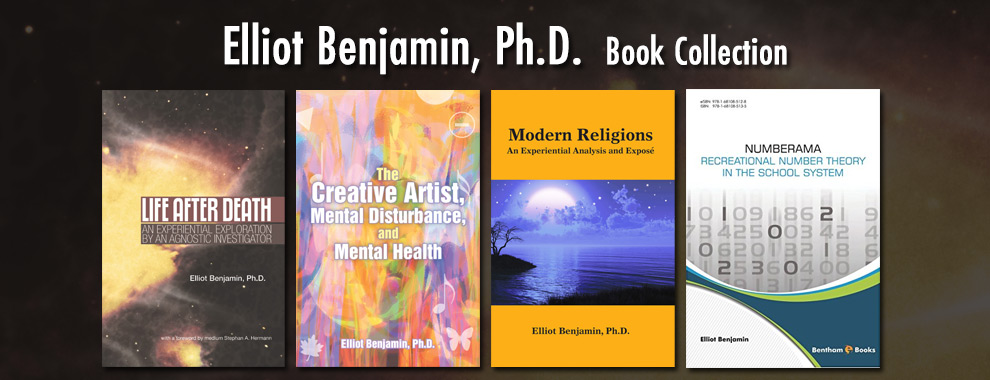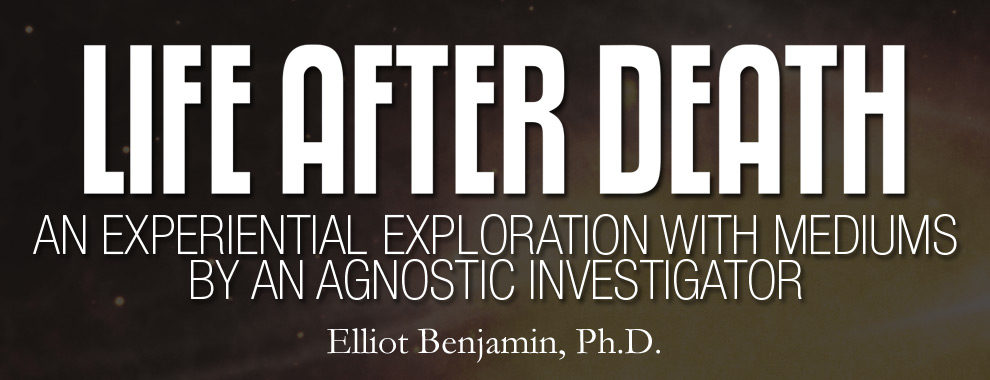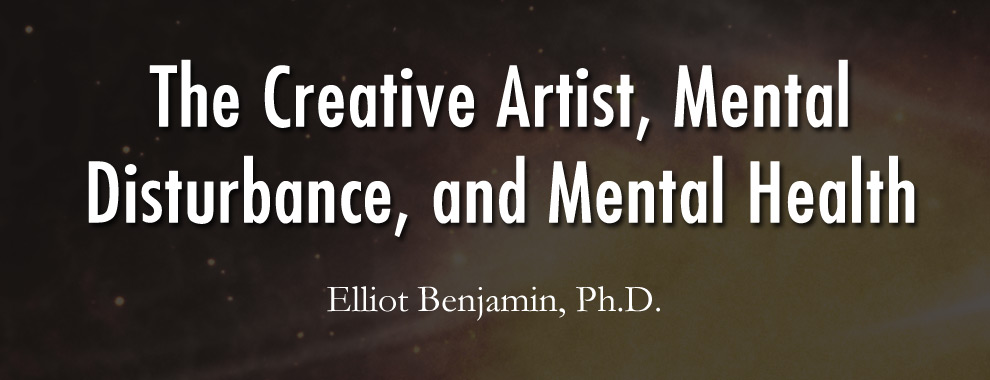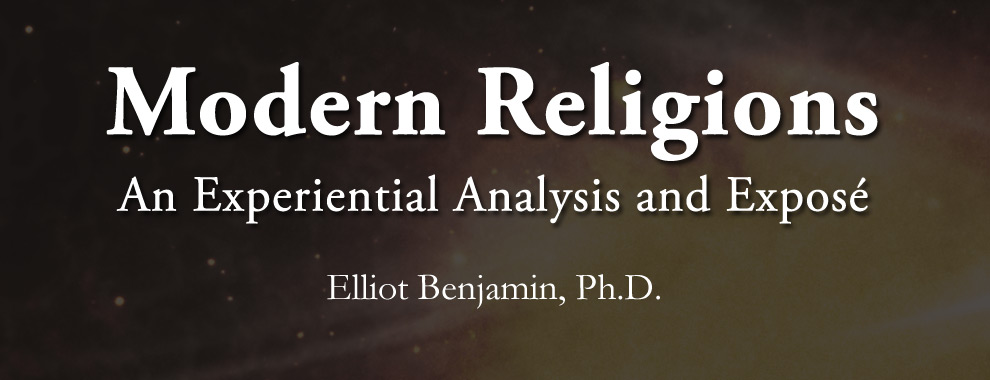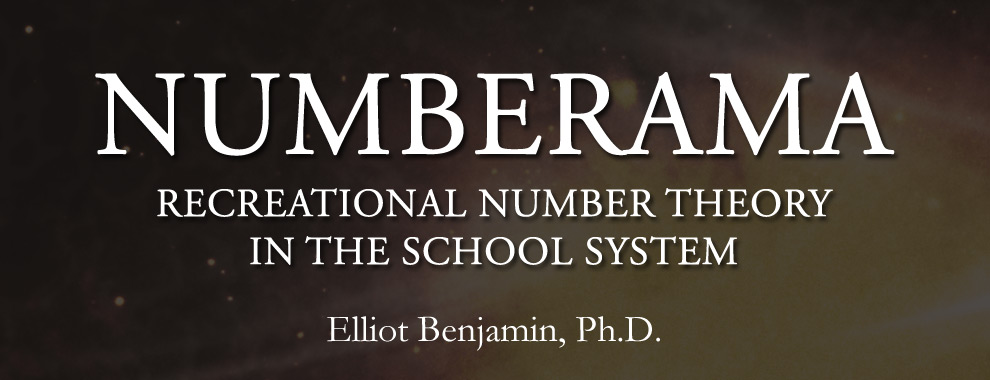NOTE: This article was published on the Integral World website in 2010: http://www.integralworld.net/benjamin24.html
Synchronicity can be thought of simply as “meaningful coincidence” (Jung, 1955). However, more involved definitions of synchronicity are readily available in the literature. For example, Braud and Anderson (1998) defined synchronicity as “a subjectively significant coincidence between an inner state, usually of need, and an unaccountable outer event that corresponds to and/or answers the need.” (p. 143). Irwin and Watt (2007, pp. 132-133) discussed synchronicity in comparison with ESP (extrasensory perception, referring to telepathy clairvoyance, precognition, and retrocognition) and PK (psychokinesis). Howard (2010) discussed the relationship of synchronicity to quantum physics, in terms of probability waves and uncertainty measures, and the transcending of distance and time, which has some similarities to the concepts of telepathy and precognition (p. 226). He also discussed synchronicity in relation to Jung’s study of the unconscious, archetypes, and the expansion of consciousness (Howard, 2010, pp. 227-229).
In this article I will discuss some of my own experiences of a very particular kind of synchronicity, which I refer to as “license plate synchronicity.” Specifically this means the “meaningful coincidence” tendency of uncanny and meaningful license plate numbers and words to display themselves on the back of cars while one is in the midst of driving traffic. There are thousands of anecdotal reports of license plate synchronicity currently available on the internet (see for example ofscarabs.blogspot.com). However, what I will portray in this article in regard to my own series of recent license plate synchronicities, is strongly related to the above synchronicity definition of Braud and Anderson (1998), in which the “subjectively significant coincidence” is a meaningful connection between one’s need and an outer event that addresses this need. Howard (2010) defined “meaningful” in the context of synchronicity as “informative, emotionally charged, and the transforming of the observer’s beliefs or point of view.” (p. 225).
After describing a few of my recent license plate synchronicity experiences, I will experientially analyze (see below) the synchronicity experiences that I have described, in the context of merging my unconscious and conscious as initially portrayed by Jung (see Howard, 2010). Howard (2010) said the following in relation to Jung’s own views of how synchronicity relates to various spiritual experiences, inclusive of the phenomenon of life after death: “Jung related synchronicity to miracles, mystical unity, self-realization, self-transcendence, life after death, images of GOD, and the meaning of life” (p. 232).
The experiential analysis that I am referring to is specifically related to the researcher’s analysis of his/her own research experiences, and I have described my experiential analysis in this context in a number of articles related to the cult dangers of various modern religious and spiritual groups (see for example Benjamin, 2005). The experiential analysis that I have described in these articles involve qualitative/quantitative experiential rating scales, and I will include a similar type of rating scale in this article, for the purpose of experientially analyzing the license plate synchronicities that I will describe. I view this kind of experiential analysis as part of what has been described as “extended science” (Braud & Anderson, 1998; Josephson & Rubik, 1992), which is consistent with the “radical empiricism” formulated by William James (1912/1976) nearly a hundred years ago (see Braud & Anderson, 1998, p. 241). I will also remark that some of my experiential descriptions of license plate synchronicity involve personal material that I am sharing in a narrative context. This kind of personal narrative writing is fundamental to the kind of experiential analysis that I will subsequently be doing (see below). It is also in the autoethnographic tradition of Carolyn Ellis (2009), in her extremely personally revealing descriptions as part of her process of describing particular social phenomena that she is intimately involved with.
License Plate Synchronicity Experiential Descriptions
In this section I am including four of my recent license plate synchronicities in the context of journal entries, which is a small sample of the various license plate synchronicities that I have experienced over the past two months.
9/1/10: A few days ago, while I was agonizing over having recently lost one of my mental health jobs, I found myself driving behind a license plate that said ACT. For me this was an immediate recognition of the meaningful workshop I had done a few years ago in Acceptance and Commitment Therapy (Hayes, Strousahl, & Wilson, 2004), which is abbreviated as ACT. In ACT you are taught to accept your disappointments and difficulties in life in a mindful way, and then make a commitment to actualizing your deepest values in life in spite of these disappointments and difficulties (Hayes, Strosahl, & Wilson, 2004). Seeing the ACT license plate was a meaningful reinforcement for me that I needed to accept the loss of my mental health job gracefully, and was connected to my deepest intention of offering my services to continue to work with mental health clients, independently and without expecting to earn any real money from doing so.
All my driving “coincidences” have been meaningful to me and I consider them to be synchronicity events. I do not understand them and it makes no sense to my left brain logical intellectual way of thinking, but my more expansive whole brain feels a deeper connection with the universe when I experience these kinds of synchronicity events. But the license plate synchronicity I experienced last night was particularly striking and humorous for me. I had spent a delightful evening with my son Jeremy in Portland, Oregon as we visited with some artistic and theatrical friends of his. Soon before we left I somehow ended up giving a stimulating, spirited, and humorous impromptu presentation of “perfect numbers” (Benjamin, 1993) to Jeremy’s friends. A brief description of perfect numbers is as follows:
“A number is perfect if it is the sum of its proper divisors, i.e. all the divisors of a number not including the number itself. Thus the first perfect number is 6, as 6 = 1 + 2 + 3; the second perfect number is 28, as 28 = 1 + 2 + 4 + 7 + 14. Perfect numbers have a very interesting pattern to them; the fifth perfect number is in the millions, the sixth is in the billions, and there are currently some intriguing questions about perfect numbers that we still do not know the answers to, such as are all perfect numbers even, and are there infinitely many perfect numbers (approximately 43 perfect numbers have been found at this time; see Benjamin, 1993).”
I concluded my little perfect number lesson to my son and his friends by disclosing that the third perfect number is 496, and that this was the number in my e-mail address.
A few minutes later, as Jeremy was driving me and one of his friends who had very actively participated in my perfect number lesson to our destinations, I noticed that the license plate on the car in front of us said, lo and behold: “496”! I immediately pointed this out to Jeremy and his friend, and we were all quite impressed and amused by this amazingly concrete display of playful synchronicity.
9/21/10: I recently experienced another rather amusing example of license plate synchronicity, based upon numbers that are meaningful to me. Last week Dorothy (my significant other) and I went camping to celebrate her birthday, and on the way back I realized that she was almost exactly twice as old as my son Jeremy, as he turned 29 two days before Dorothy turned 58. I was thinking how interesting this was to me as I was driving to my weekly tennis game, two days after Dorothy’s birthday. After I stopped off to have a quick bite to eat on the way, I noticed the license plate of the car parked next to me; it was 2958! And something in me once again felt that the universe was trying to give me a message that there are meaningful connections surrounding me, and that I am on the right path in my psychic and life after death explorations.
10/8/10: Today as I drove into McDonalds with my MR client, feeling a somber heaviness related to some personal events that I needed to deal with over the next few weeks, I happened to notice the license plate of the car parked opposite me, and it was 496. This had a major impact upon my entire state of being, lifting my heaviness and making me feel that perhaps there truly was some kind of intelligent connection in the universe that was trying very hard to make contact with me. Another 496 is just too much for coincidence to explain, and somehow deep down I know this. The timing of the 496 was also uncanny, as I very much needed this reminder today that the universe is cheering me on, and does not want me to succumb to the dangers I will be living in for the next few weeks.
Experiential Synchronicity Analysis
In order to experientially analyze my license plate synchronicity experiences, I have devised a 5 point scale in regard to the level of agreement of particular statements that describe the degree of “unusualness” of my experiences, in the context of not being reasonably explained by logical, rational, psychological, and/or chance factors. In this scale, 1 is the lowest and 5 is the highest on the five items that I have included, as illustrated in Table 1 below.
| Characteristic | Rating |
|---|---|
| 1) The experience cannot reasonably be explained by chance factors. | |
| 2) The experience cannot reasonably be explained by beliefs, expectations false memories, or illusions. | |
| 3) The experience is directly related to a significant life event. | |
| 4) The experience is directly related to an intensive emotional need. | |
| 5) The experience is directly related to the resolution of an intensive emotional need. | |
| Average Rating: |
| License Plate Symbol | Statement Ratings | Average Rating |
|---|---|---|
| ACT | 1: (3), 2: (4), 3: (5), 4: (5), 5: (4) | 4.2 |
| 496(#1) | 1: (5), 2: (5), 3: (5), 4: (2), 5: (1) | 3.6 |
| 496(#2) | 1: (4), 2: (5), 3: (4), 4: (5), 5: (5) | 4.6 |
| 2958 | 1: (4), 2: (4), 3: (3), 4: (2), 5: (1) | 2.8 |
| Average License Plate Synchronicity Rating: | 3.8 | |
It is important to keep in mind that the above ratings in Table 2 are based upon what I have subjectively decided is a reasonable approach to experientially analyzing my license plate synchronicity events. The fact that I have given equal weight to each of the five statements in Table 1 is quite arbitrary, and it could certainly be argued that statements #4 and #5 regarding emotional need may be superfluous in regard to the level of significance of a synchronicity event. If one were to adopt this perspective, then it is interesting that the most highly rated of all my license plate synchronicity events would be my first 496, which I experienced immediately after giving my perfect number lesson to my son’s friends in Oregon. The synchronicity score of 496(#1) in this evaluation scheme would be a perfect 5.0, and this is consistent with how I am still amazed at having seen the 496 on the license plate right after I gave my perfect number lesson, with the conclusion of my lesson being focused on the third perfect number: 496.
Conclusion
I believe that synchronicity may serve as a reminder to us that there is indeed inherent spirituality in the universe that cannot be explained by our rational scientific technological minds or brains. It is with this motivation that I have portrayed a sample of my own various license plate synchronicities, along with an experiential analysis that is my way of trying to understand them, as imperfect and rudimentary as this may be.
References
Benjamin, E. (1993). Numberama: Recreational number theory in the school system. Swanville, ME: Natural Dimension Publications.
Benjamin, E. (2005). Spirituality and the cults: An experiential analysis. The Ground of Faith Journal, April/May. Retrieved August 1, 2009, from http://homepages.ihug.co.nz/~thegroundoffaiith/issues/2005-04/index.htm#elliot Unpublished manuscript.
Braud, W., & Anderson, R. (1998). Transpersonal research methods for the social sciences: Honoring human experience. London: Sage.
Ellis, C. (2009). Revision: Autoethnographic reflections in life and work (Writing lives). Walnut Creek, CA: Left Coast Press.
Hayes, S., Stroshal, K., & Wilson, K. (2004). Acceptance and Commitment Therapy: An experiential approach to behavior change. New York: Guildford
Howard, R. G. (2010). Synchronicity: A probabilistic time ordering of events. The Journal of Spirituality and Paranormal Studies, 33(4), (225-233).
Irwin, H., & Watt, C. (2007). Introduction to parapsychology. London: McFarland.
James, W. (1976). Essays in radical empiricism. Cambridge, MA: Harvard University Press. (Original work published 1912).
Josephson, B. D., & Rubik, B. A. (1992). The challenge of consciousness research. Frontier Perspectives, 3(1), 15-19.
Jung, C. G. (1955). Synchronicity: An acausal connecting principle. London: Routlede & Kegan Paul
Recent Posts
- Is Shambhala A Cult? Part 1: An Integrative Experiential Perspective
- Is Shambhala A Cult? Part 1: An Integrative Experiential Analysis
- Humanistic Antidotes to Social Media/Cell Phone Addiction in the College Classroom
- Creative Artists Support Group meeting
- Review of “Modern Religions: An Experiential Analysis and Expose’ ” by Nori Muster
Recent Comments
- can i buy cialis over the counter at walgreens on Home
- clindamicina gel acné on Creative Artists Support Group meeting
- clindamicina 300 para que sirve on Is Shambhala A Cult? Part 1: An Integrative Experiential Perspective
- dalatina clindamicina in english on On the 2-Class Field Tower Conjecture for Imaginary Quadratic Number Fields with 2-Class group of Rank 4
- These products work by temporarily numbing the penis, which can help delay ejaculation.? on On Ken Wilber’s Integral Institute: An Experiential Exploration and Analysis
Archives
Categories
- Articles
- Blog
- Book Reviews
- Humanistic Psychology
- Life After Death Explorations
- Mathematics/Algebraic Number Theory
- Media
- Parapsychology
- Personal Philosophy
- Social Media Technology Addiction
- Spiritual Organizations And Cult Dangers
- Spiritual Philosophy
- The Creative Artist, Mental Disturbance, And Mental Health
